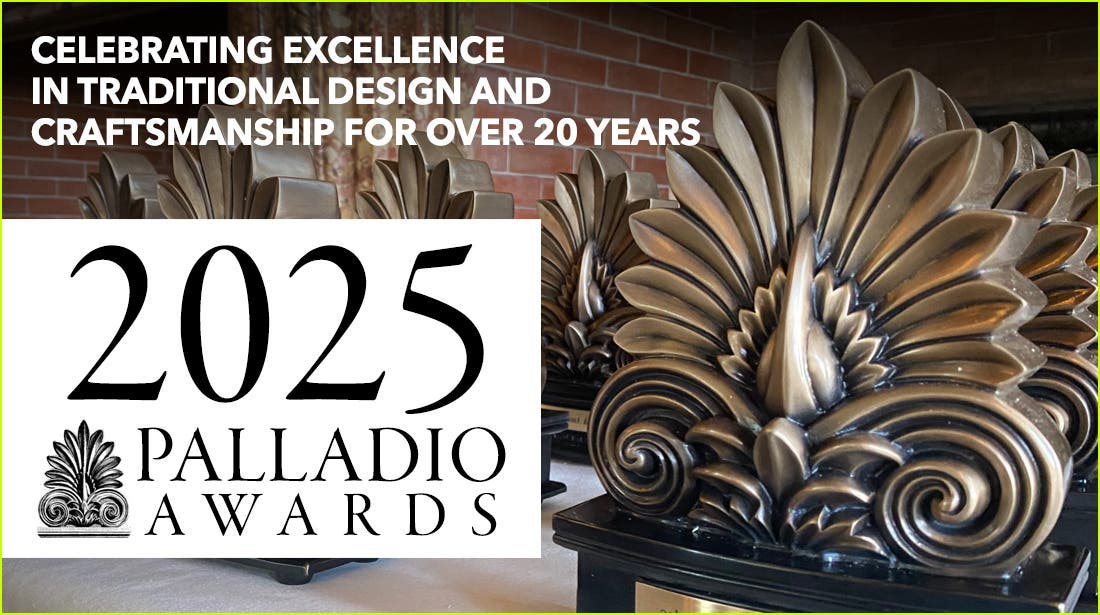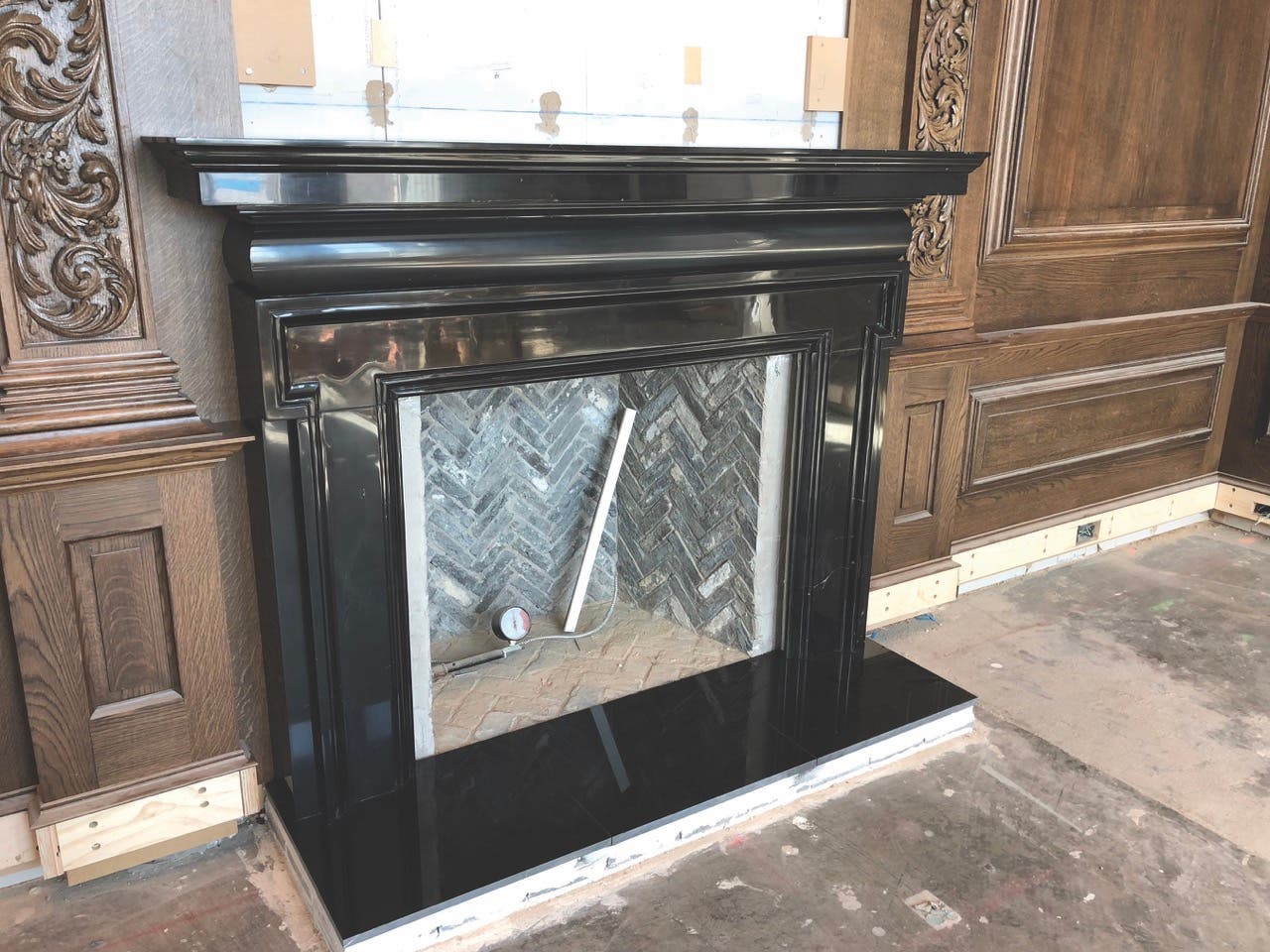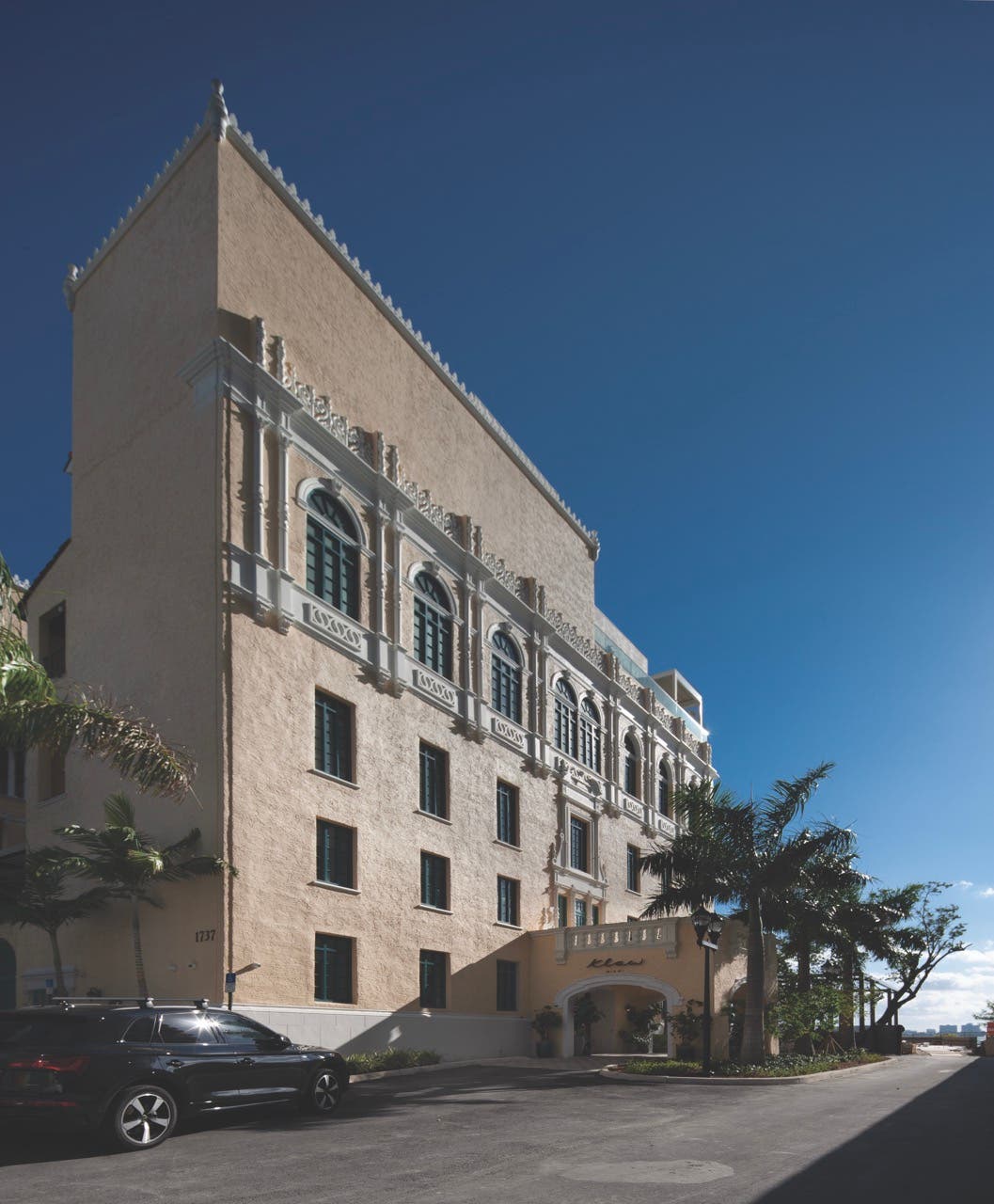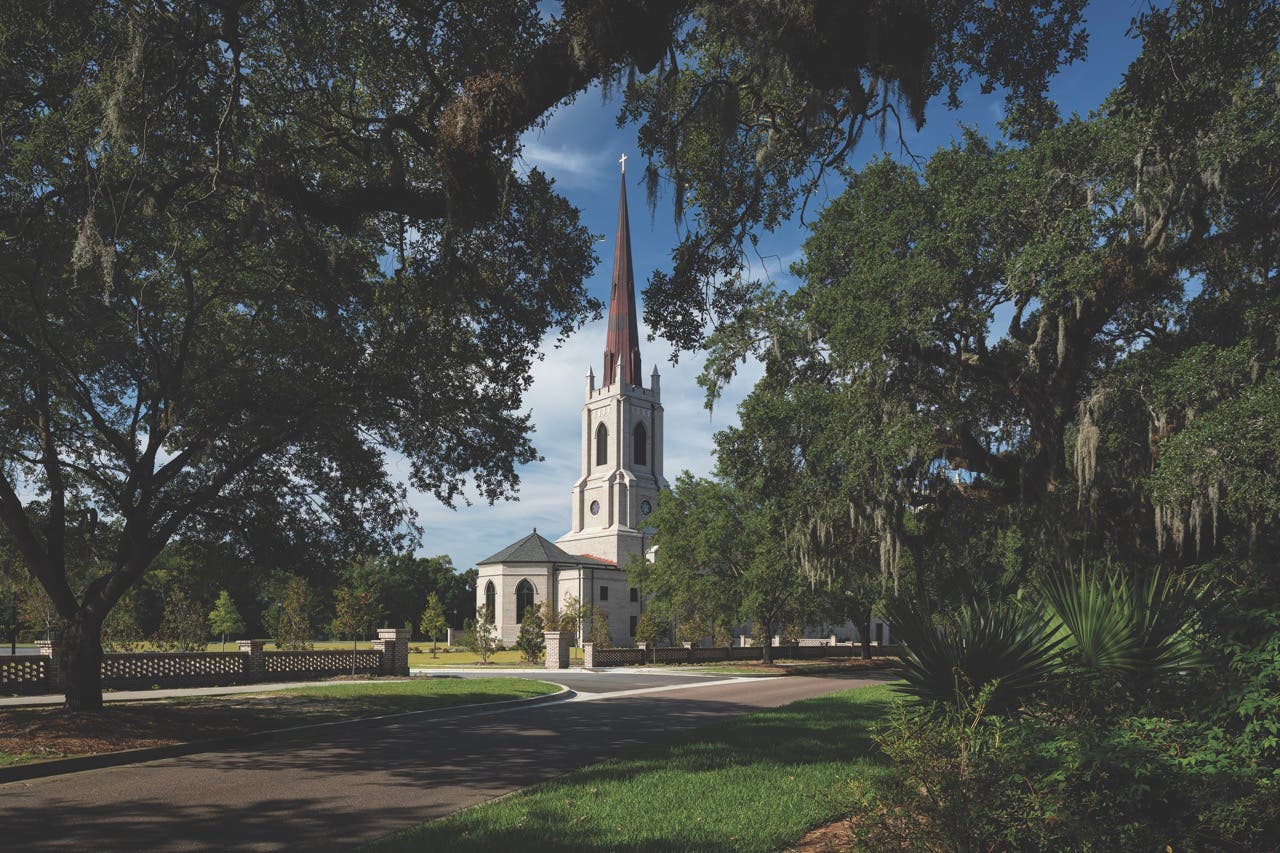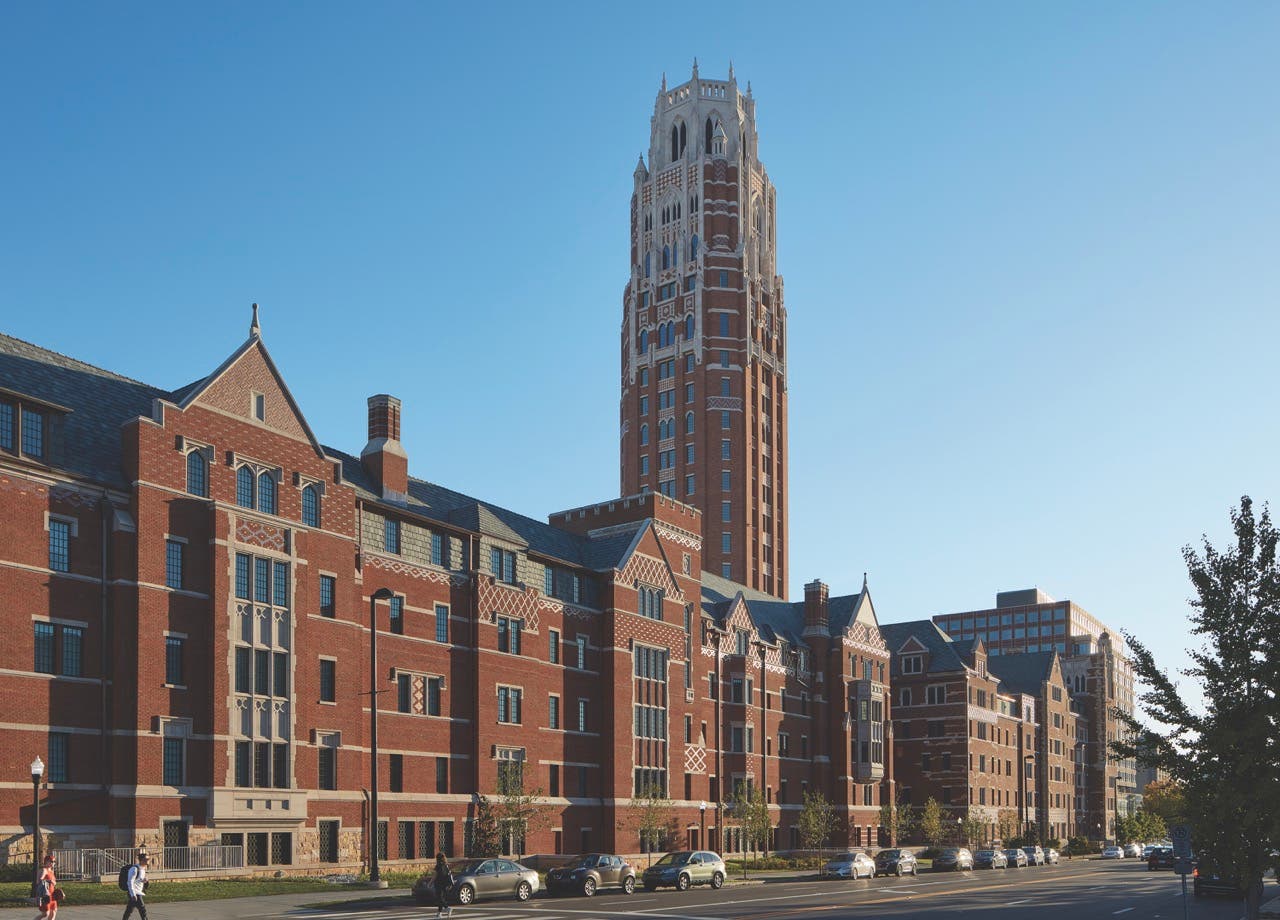
Palladio Awards 2019
John Canning & Co.: Luzerne County Courthouse
Project: Luzerne County Courthouse
Company: John Canning & Co.
Defined by its imposing dome, the historic Luzerne County Courthouse has been a source of great civic pride to the citizens of Wilkes-Barre, Pennsylvania, for more than a century.
The 1906 Classical Revival edifice, which houses the offices and the courts of the local government, was designed in the cruciform style by Frank J. Osterling, a Pittsburgh architect known for a number of landmarked structures, including the Union Trust Building and Commonwealth Trust Building, in the Steel City.
Time—and the dampness of the nearby Susquehanna River—have not been kind to the National Register courthouse.
As early as 1920, the finishes and materials had to be repaired. In 1967 and again in the early 1990s, more extensive restoration had to be done. In 2017, John Canning & Co. of Cheshire, Connecticut was commissioned to restore and conserve decorative elements in the south grand foyer, the rotunda, and the dome.
Literally, the most high-profile part of the project involved returning the 96 panels that adorn the 53-foot-diameter dome to their original dazzling beauty. The works depict Presidents Washington and Lincoln as well as a variety of local and state leaders.
“The panels were in dire straits,” says John Canning principal David Riccio, whose team included project manager David Gough. “When we put up the scaffolding, one of the canvases fell off the dome before we even got to assess it.”
Previous “restorations” had left the panels caked with layers of paint in unauthentic colors, and mold had penetrated the canvas.
“The artist or artists who did the restoration work took great liberties,” says Riccio. “It almost looked like the artworks had an unattractive facelift. The classical female allegorical figures, for example, lost their feminine attributes for more masculine features.”
After extensive analysis, the Canning team discovered the original color scheme, which had been designed to complement the two major marble—Bottocini Classico and Carrara—on the walls as well as the various marbles on the floors.
After studying historic photos, Riccio realized that the dome originally had been illuminated.
“We found out that the lights had failed and hadn’t been repaired for 30 years,” he says. “The paint colors and conservation would, of course, be affected by the artificial light, so we had to choose a system that would interact with all the elements to bring uniformity and balance.”
Because the damage to each panel was different, each required a unique conservation solution. Eleven had to be removed from the substrate.
The Canning team carried on its work while the four courtrooms were in session. “This was a challenge,” Riccio says, “because we were at the heart of the building, and we had large pieces of equipment. We had to consider public safety as well as curiosity.”
So successful was the $2.12-million project that the county has decided to restore additional corridors in the building.
Riccio says it was an honor to “bring back architectural order and the rules of decoration” to the courthouse, which is “one of the most ornate in the state, the most impressive building in the county, and the center of the community.”
Key Suppliers
ARCHITECT A+E Group
SCAFFOLDING Arsenal Scaffold
STAINED GLASS Bovard Studio
WOODWORK Trimline Sales Co.
ENVIRONMENTAL ENGINEER D. Force Environmental Monitoring Systems
PAINT ANALYSIS/FINE-ARTS CONSERVATION ADVISOR Prof. Richard Wolbers, Winterthur/University of Delaware



